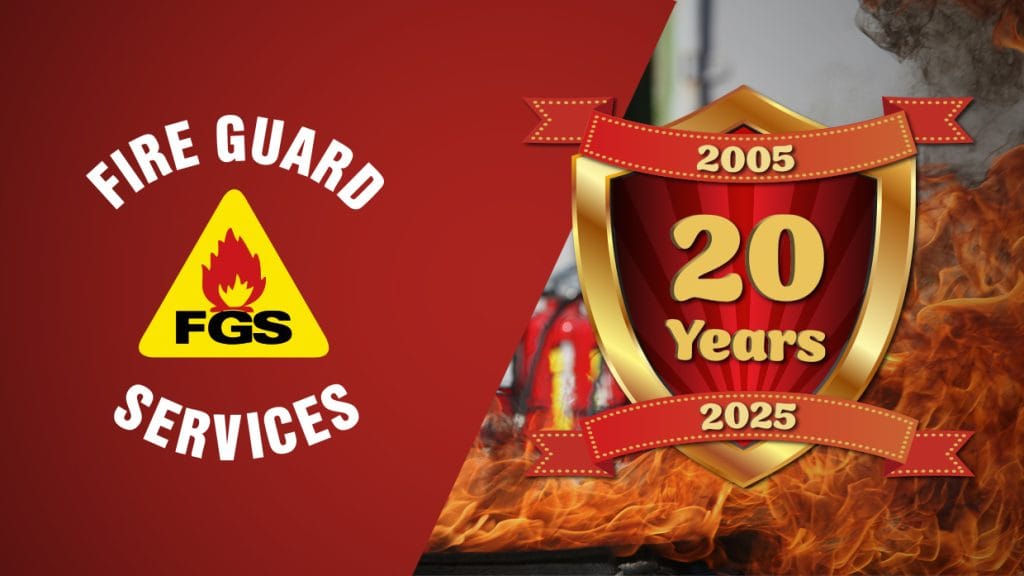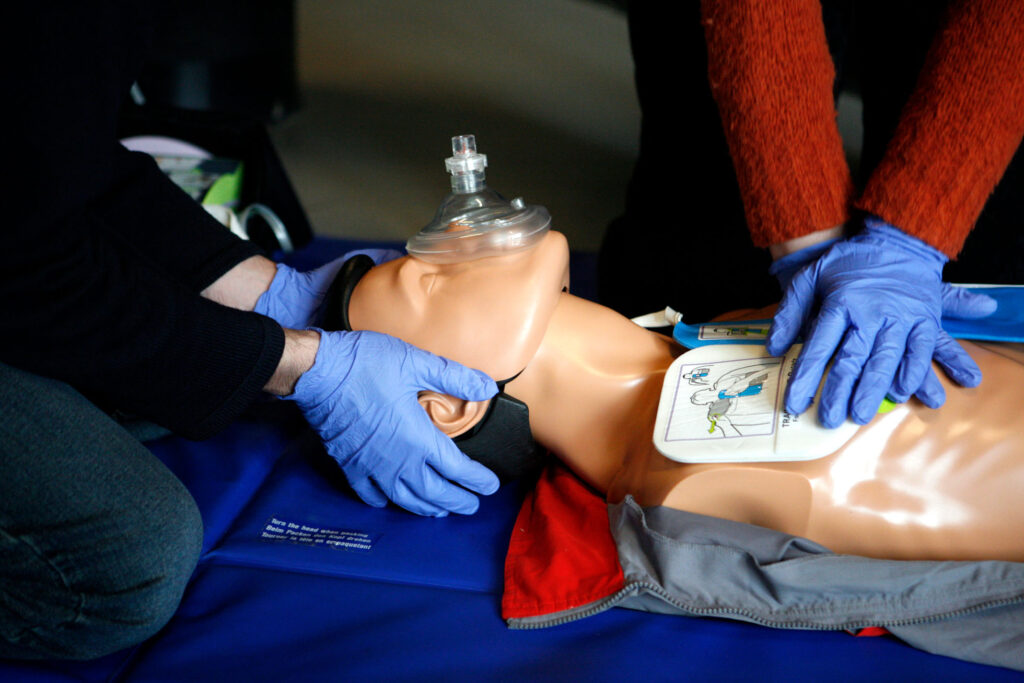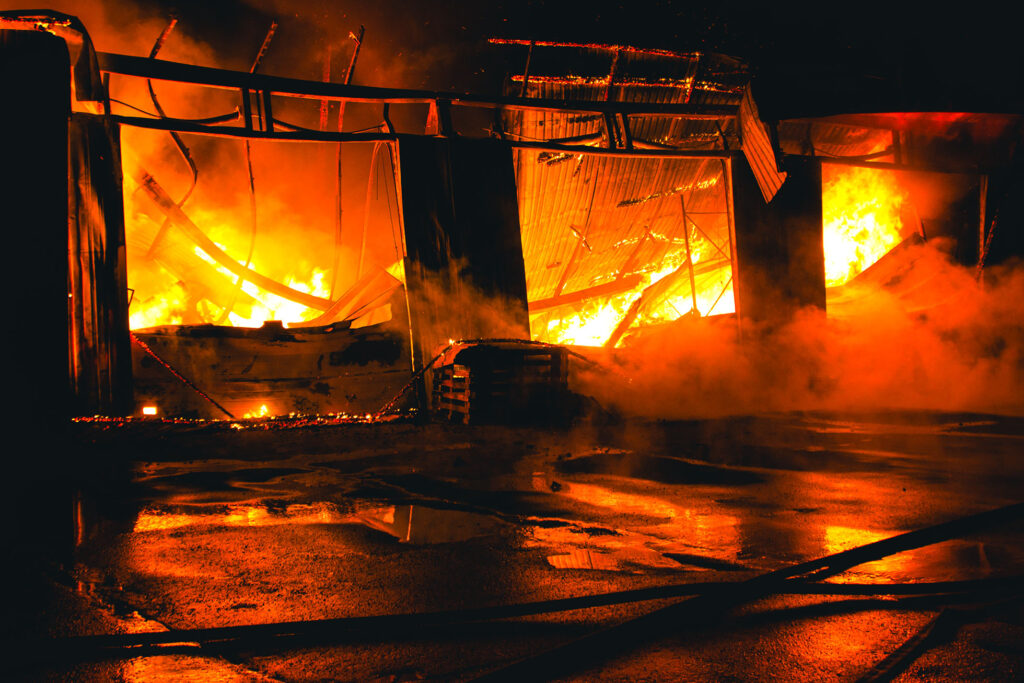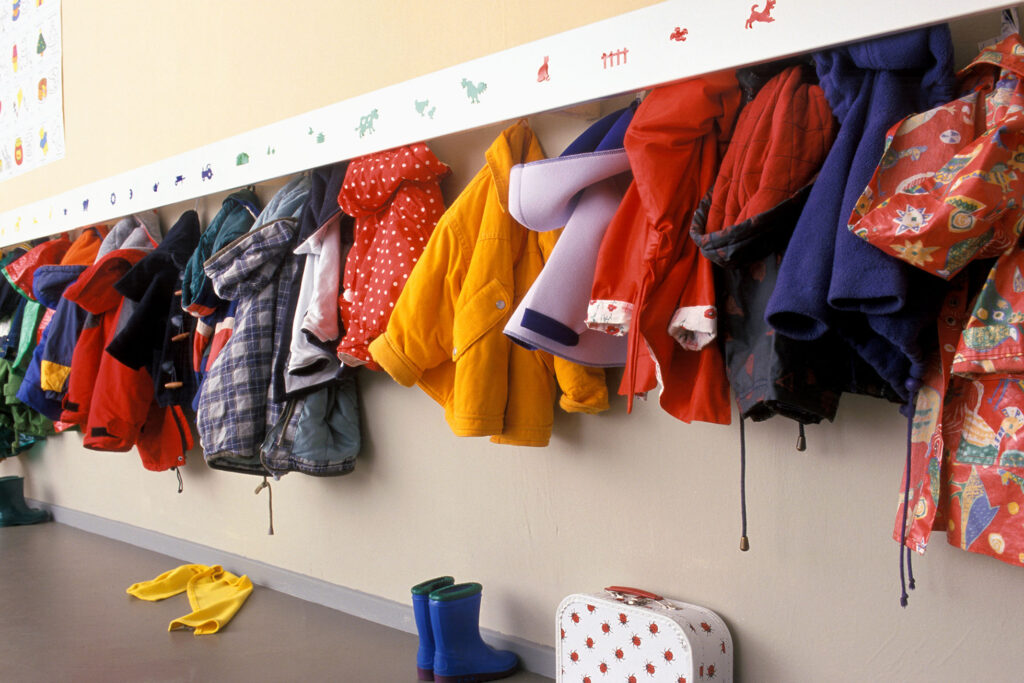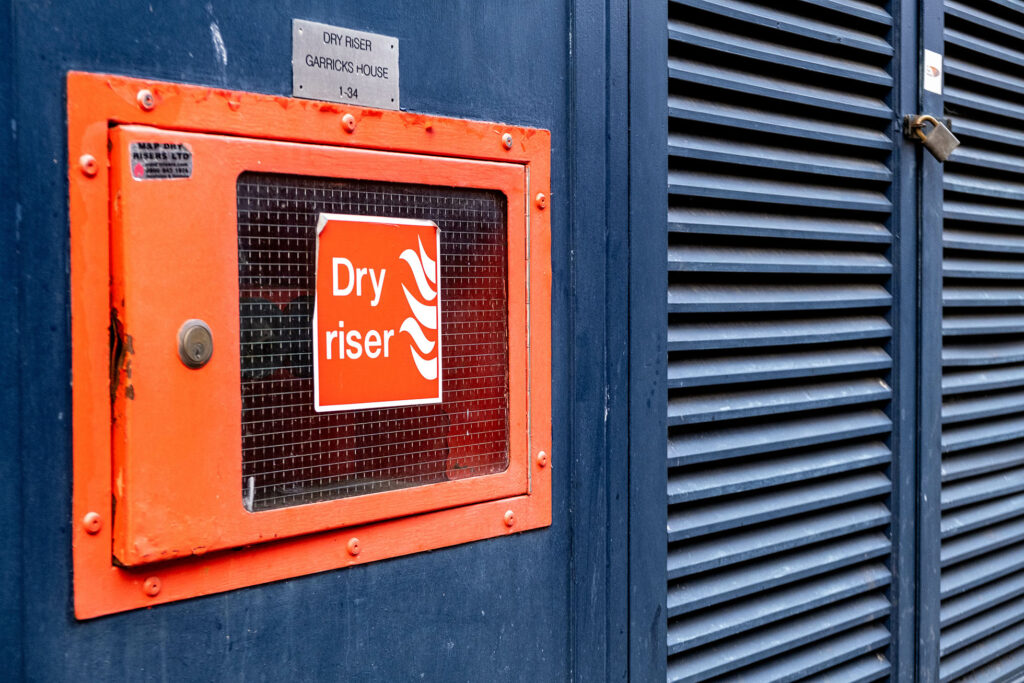Fire Safety Advice
Fire Guard Services 20th Anniversary
Fire Guard Services Celebrates 20 Years of Protecting Lives, Businesses, and Communities On April 13, 2025, we at Fire Guard Services proudly mark our 20th anniversary, celebrating two decades of unwavering commitment to fire safety. Since its founding in 2005, the company has dedicated itself to a singular mission: safeguarding lives, protecting businesses, and strengthening…
Read MoreTop 5 Business Fire Risks
5 Common Business Fire Risks & Hazards in UK Businesses (And How to Fix Them) Fire safety is a crucial concern for businesses across the UK. A single fire incident can lead to devastating consequences, including property damage, financial losses, and risks to human life. Many workplace fires are preventable if businesses identify common hazards…
Read MoreWhat Happens During a Fire Risk Assessment?
A fire risk assessment is a crucial step in ensuring the safety of your premises, employees, and visitors. At Fire Guard Services, we follow a comprehensive and methodical approach to assess potential fire hazards, evaluate risks, and provide practical recommendations for improving fire safety. Here’s what happens when our expert team conducts a fire risk…
Read MoreThe Importance of First Aid Training in the Workplace
In any workplace, ensuring the safety and well-being of employees is paramount. One of the most effective ways to achieve this is through comprehensive first aid training. In the UK, first aid is not just a legal requirement but a vital component of a safe working environment. This blog explores the importance of first aid…
Read MoreEnsuring Office Safety: Understanding Fire Safety Regulations
Fire safety is a critical aspect of workplace management that cannot be overlooked. In the United Kingdom, the “Regulatory Reform (Fire Safety) Order 2005” (often referred to as the RRO) governs fire safety standards in commercial and non-domestic premises, including offices. Adherence to these regulations is not just a legal obligation but a vital component…
Read MoreEnsuring Fire Safety: A Landlord’s Responsibility
As a landlord, ensuring the safety of your tenants should be a top priority. One of the most critical aspects of this responsibility is fire safety. Not only is it essential for the well-being of your tenants, but it’s also a legal obligation under UK fire safety law. In this blog, we’ll delve into the…
Read MoreProtecting Against Arson: A Guide to Preventing Fires in Domestic and Commercial Buildings
Arson poses a significant threat to both domestic and commercial buildings, with devastating consequences for property, lives, and communities. In the past year alone, there have been a concerning number of arson cases, emphasising the importance of taking proactive measures to prevent such incidents. In this blog post, we will explore the types of arson,…
Read MoreSafeguarding Education: Understanding and Mitigating Fire Risks in Schools
Educational institutions play a crucial role in shaping the future, but their safety is paramount for effective learning. One of the most significant threats to the safety of schools is the risk of fire. Fires in schools can not only lead to devastating consequences but also disrupt the education of countless students. In this blog,…
Read MoreThe Potential Risks of E-Bike and E-Scooter Batteries
In recent years, the popularity of electric bikes (e-bikes) and electric scooters (e-scooters) has surged, offering a convenient and eco-friendly alternative to traditional bicycles and scooters. As more people embrace this mode of transportation, concerns about the safety of e-bike and e-scooter batteries have also emerged. This blog aims to shed light on the potential…
Read MoreUnderstanding Dry Riser Testing: Ensuring Building Safety in Emergencies
In commercial and residential buildings, especially those with multiple floors, having an effective fire safety system is paramount. One crucial component of this system is the dry riser, a vertical pipe intended for firefighters to easily transport water to upper levels during a fire emergency. Regular dry riser testing is essential to ensure these systems…
Read More
